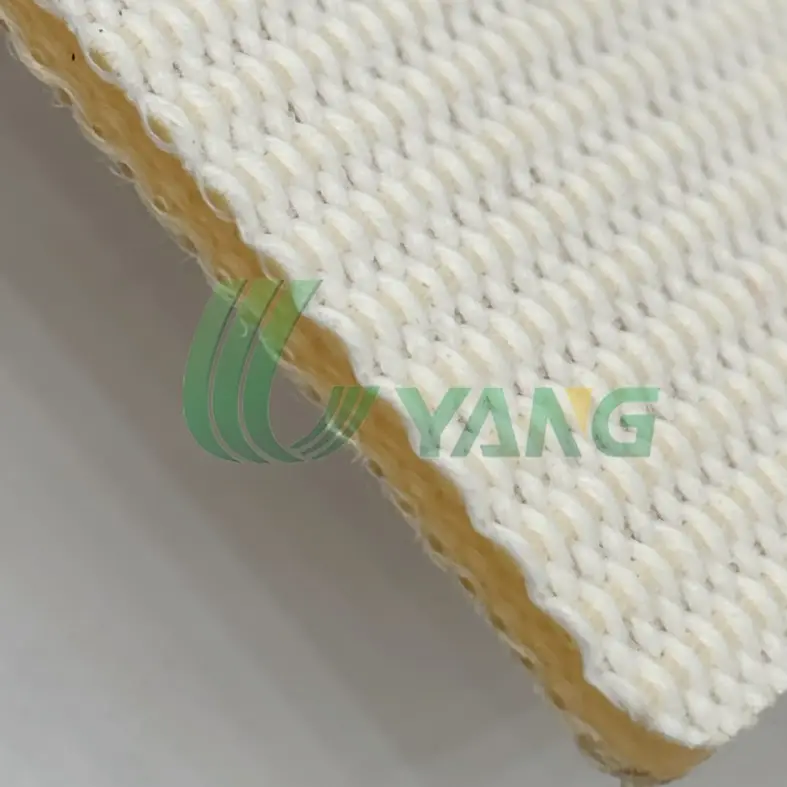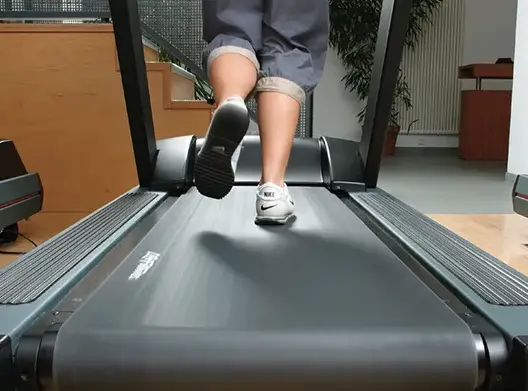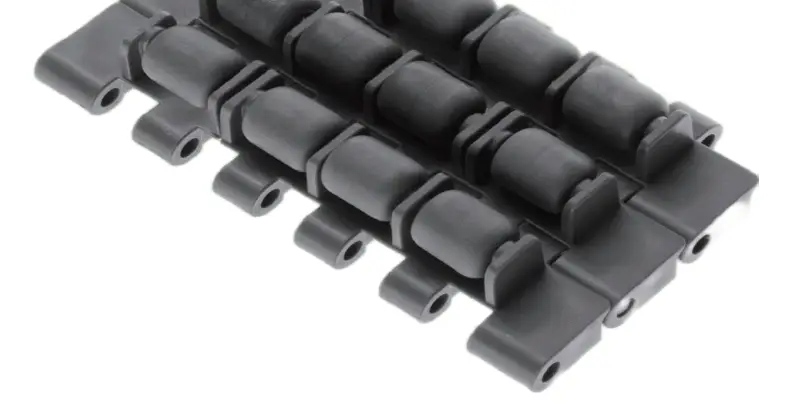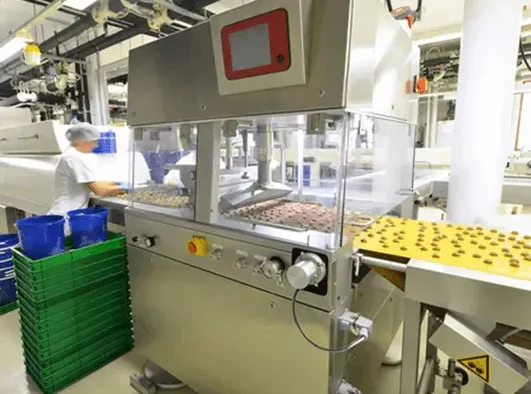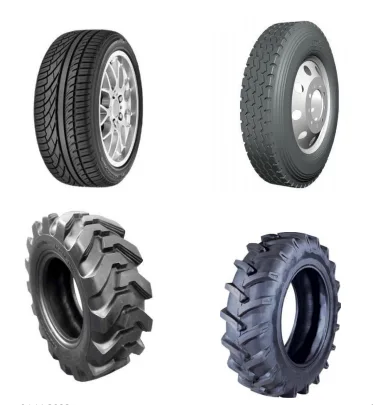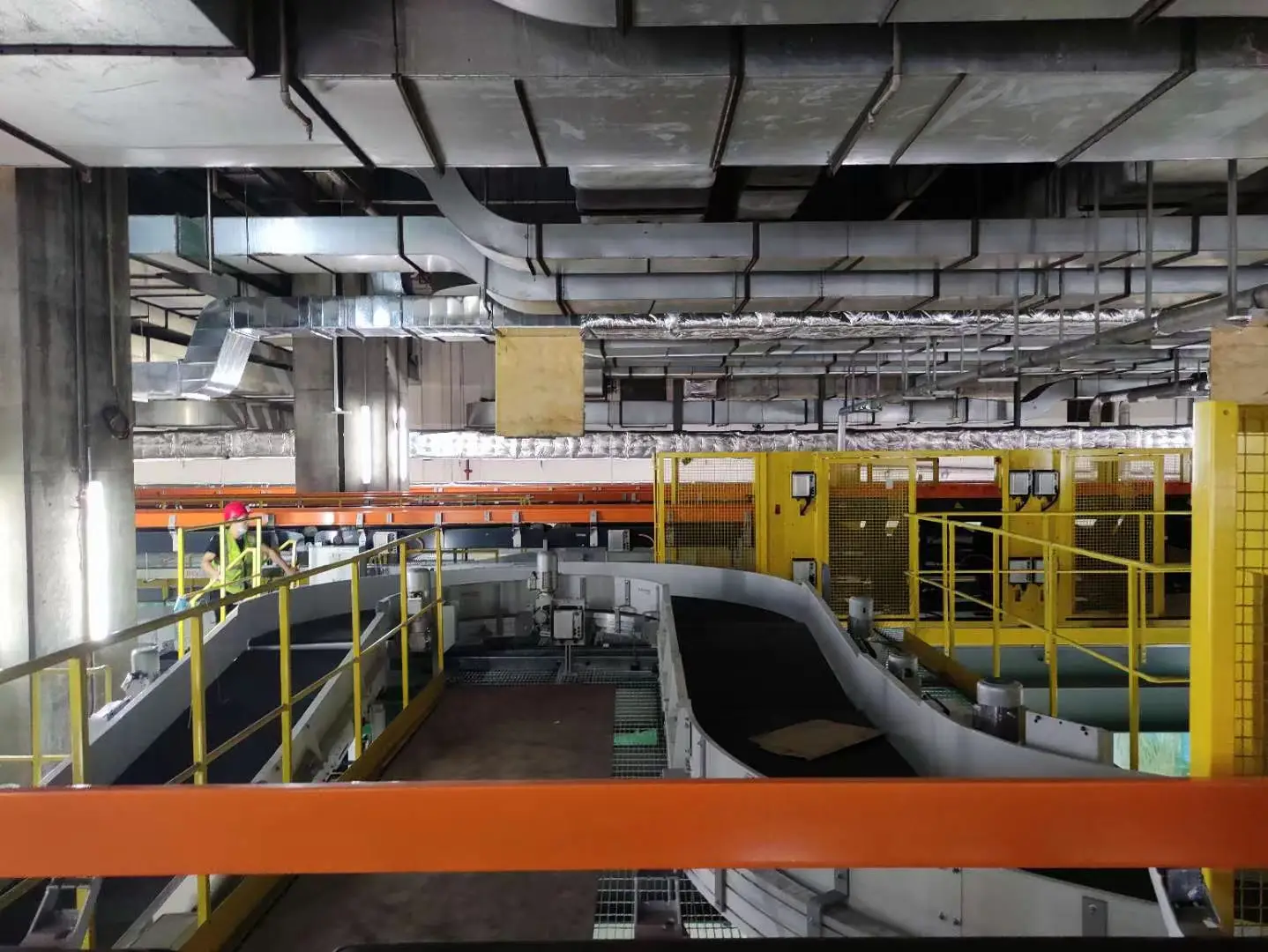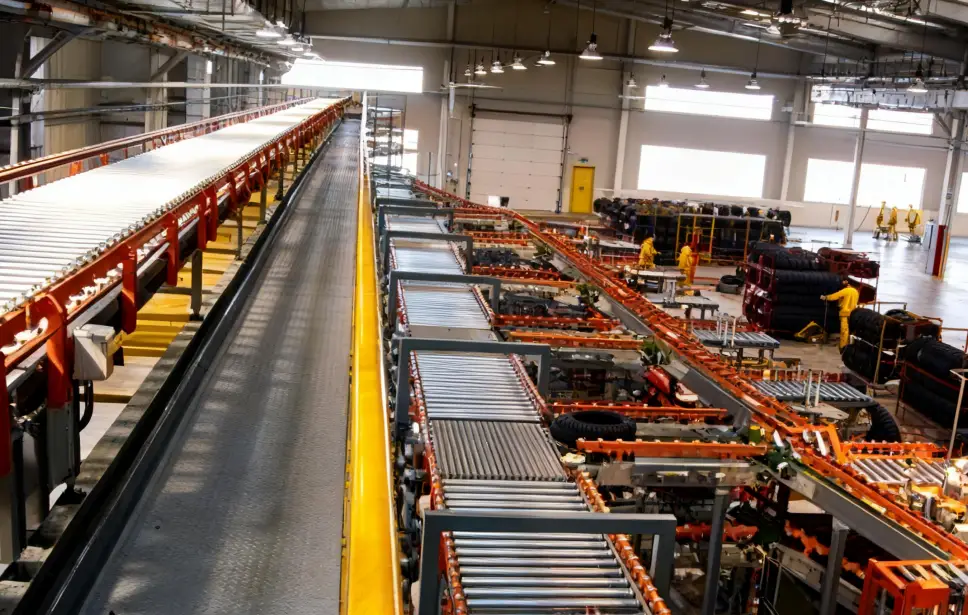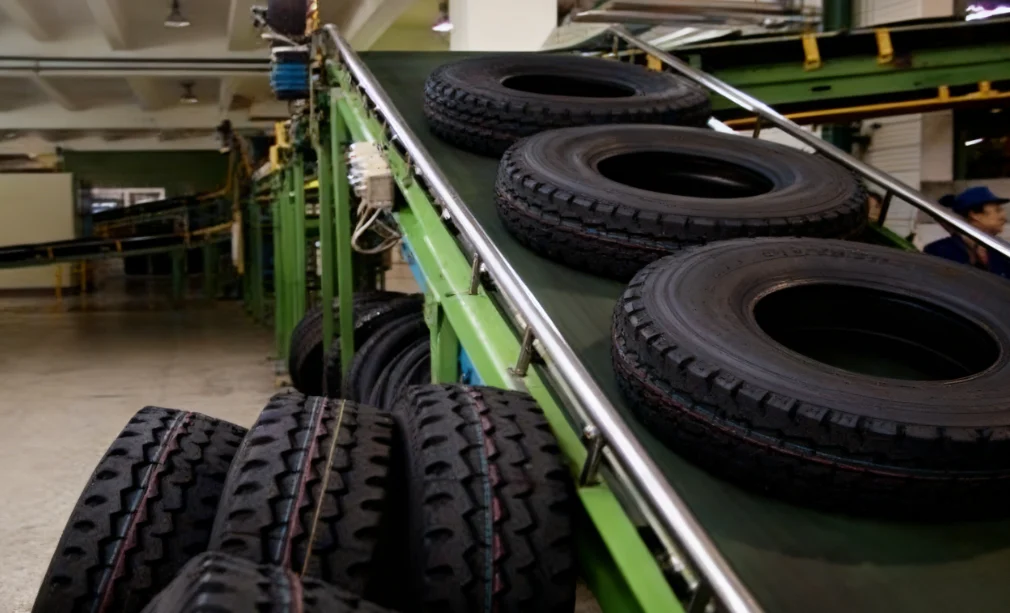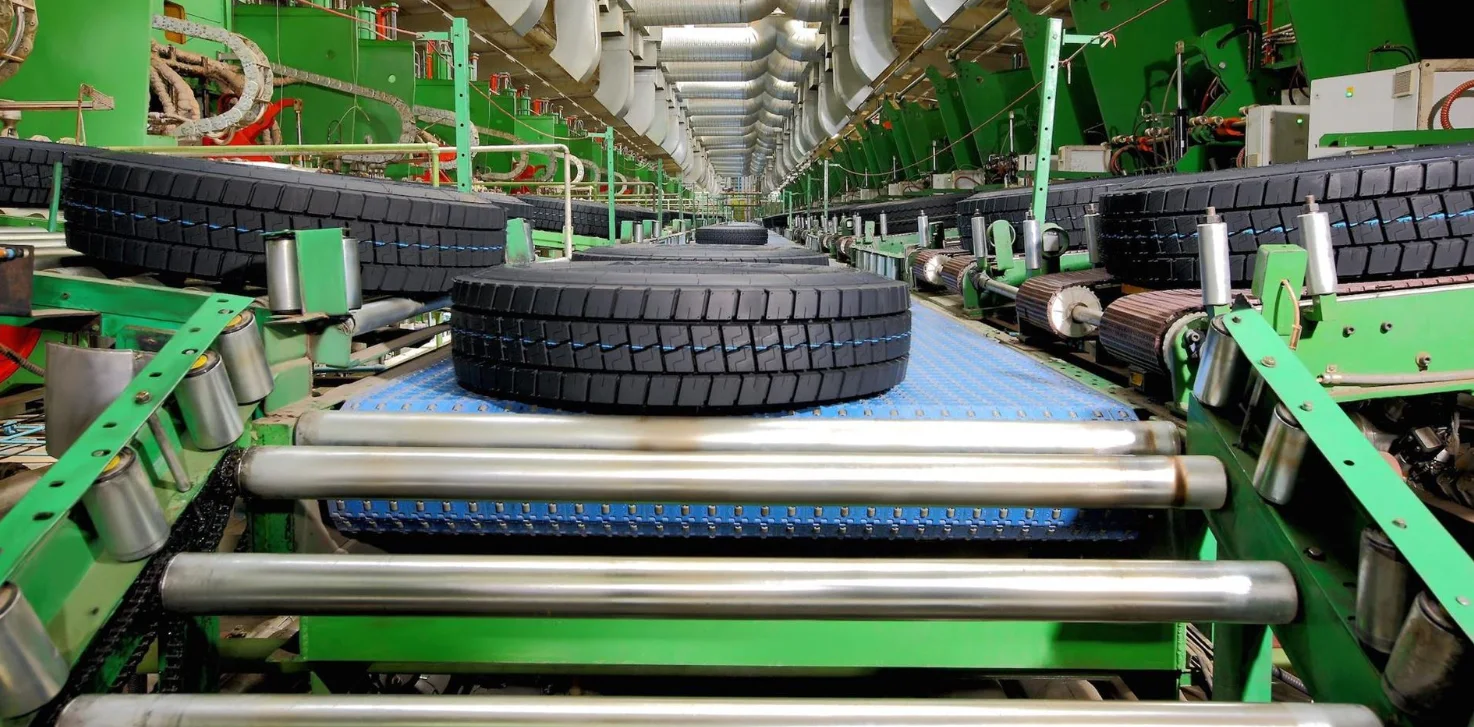In meat processing, every step counts. From fresh cuts to the final wrap-up, the whole line has to remain super clean, totally safe, and fully legal. Germs spread quickly, and hygiene rules stay very tough. That’s why choosing the proper conveyor and belt goes beyond just tech picks—it’s all about guarding food safety, shielding your good name, and cutting costs smartly.
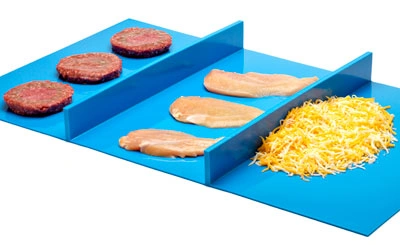
What Makes a Conveyor Truly Hygienic for Meat Handling
Now that we know the risks, let’s check what makes a conveyor truly clean and safe for meat processing.
Seamless and Non-Porous Belt Construction
Old-style layered belts soak up water through fabric. This causes bad smells, mold, and hidden germs. But homogeneous belts, made from solid TPU or TPE, are smooth and sealed. Germs have nowhere to hide.
Easy Access for Cleaning and Inspection
A good conveyor lets workers clean every spot easily. Quick-release parts, removable guides, and simple tension systems save hours during washdowns. When cleaning is easy, it’s done more regularly.
Use of Food-Grade and Antimicrobial Materials
Safe plastics such as TPU offer flexibility. Yet they stand firm against slashes, grease, and moisture. These materials endure high-pressure sprays and steaming hot water. That’s essential in meat facilities, where aggressive washdowns happen daily.
How Homogeneous Belts Boost Hygiene and Efficiency
Many food makers are switching from fabric belts to homogeneous ones. This isn’t just a fad—it’s a smart fix for long-time hygiene problems.
No Fabric Layers, No Bacterial Traps
Since the belt is one solid piece, there are no woven fibers or hidden spots for germs. It’s smooth, sealed, and simple. This design stops peeling issues that ruin PVC belts after lots of cleaning.
Fast Cleaning Cuts Downtime
The glossy, non-stick face repels meat scraps and fats effectively. So, scrubbing finishes in mere minutes rather than long hours. You spend less on water and harsh chemicals too. Shorter stops mean extra output every single day.
Longer Belt Life with Fewer Replacements
Homogeneous belts handle knife cuts and bone contact better. They don’t soak up oils or water, so they don’t swell or stretch. This strength means lower repair costs and fewer production stops.
Recommended UYANG BELTING Solutions for Meat Processing
When picking conveyors for clean meat production, the belt must fit the job and environment. UYANG BELTING offers easy-to-clean options perfect for high-hygiene needs.
Easy-to-Clean Homogeneous Belt-K 00 Series-Small Triangle as TOP
This belt has a small triangle pattern on top. It gives strong grip in wet or greasy areas, like cutting or sorting zones. The pattern keeps residue low and rinses clean fast during shift changes.
Easy-to-Clean Homogeneous Belt-K00 Series-Golf as TOP
With a golf-ball-like texture, this belt grips well for moving cold cuts, poultry, or frozen meat. Its design cuts surface contact, so water drains fast and cleaning is easier. It’s great for packaging or pre-freezing lines where moisture matters.
Flat Homogeneous and Sprocket Driven Belting-K 00 Series-Smooth as TOP
This flat, smooth belt is ideal for delicate tasks like slicing or portioning. Its positive-drive system stops slipping and keeps tension steady. This ensures clean product movement and less wear on the machine.
How to Evaluate Conveyor Materials for Meat Environments
Choosing the right material is just as important as the design. Let’s look at how different materials work in meat processing.
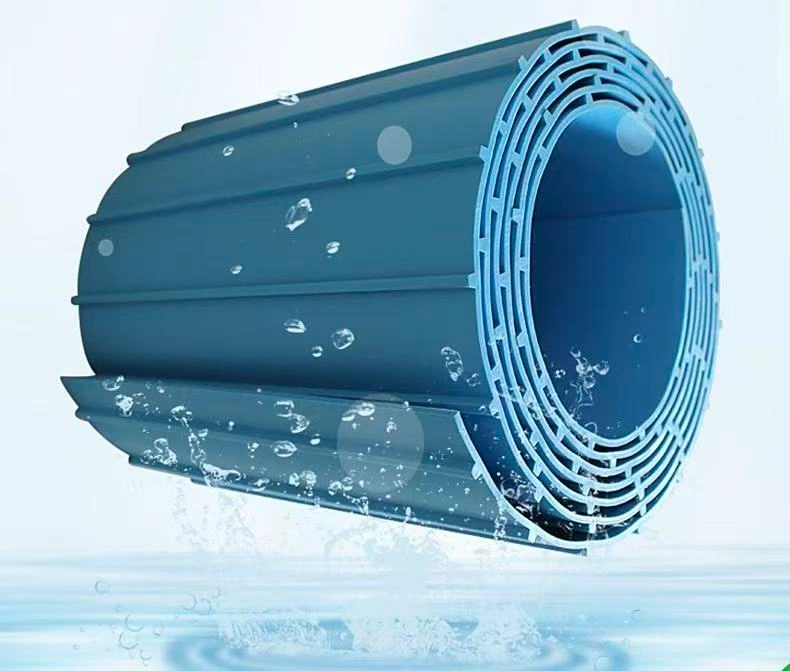
Comparing TPU, TPE, and PVC in Sanitary Design
PVC belts are cheap but not great for constant washing. They soak up water, crack easily, and break down in heat. TPU and TPE belts, like UYANG BELTING’s, are stretchy, resist chemicals, and stay stable long-term. That’s why modern plants prefer thermoplastic belts.
Why TPU Offers Better Cleanability and Strength
TPU’s solid build resists oil and handles hot water and cleaners well. It stays flexible in cold freezers, too—a must for chilled or frozen meat lines.
Balancing Cost, Longevity, and Compliance
TPU might hit your wallet harder initially. Yet their endurance and simple upkeep yield big savings later. Plus, they satisfy FDA and EU guidelines. This reassures sellers aiming for global markets or large-scale runs.
Key Design Features to Simplify Cleaning and Maintenance
Even the best belt won’t work well if the conveyor frame is hard to clean. That’s why equipment design matters so much for hygiene.
Quick-Release Tensioning Systems
Letting workers remove belts fast speeds up cleaning. No tools needed—just lift, rinse, and put back.
Sealed Edges and Welded Joints
Edges are where germs hide. Sealed sides and seamless welds fix this. These details stop liquid from sneaking into the belt and ruining product safety.
Compatibility with Clean-in-Place (CIP) Systems
Many modern meat plants use automated cleaning. Belts built for CIP systems handle steam or chemical washes without damage or warping.
Practical Tips for Choosing Your Next Meat Conveyor System
It’s clear hygiene-focused design is key—but how do you pick the right system?
Assess Sanitation Needs Before Material Selection
Each processing stage—raw, cooked, or packaging—needs different belt features. For example, heavy cutting zones need textured surfaces, while slicing areas work better with smooth ones.
Prioritize Total Cost of Ownership, Not Just Price
A cheap belt might seem like a deal, but frequent replacements add up. Think about cleaning time, water use, and downtime when checking cost.
Partner with a Trusted Food Belt Manufacturer like UYANG BELTING
Working with a reliable supplier like UYANG BELTING means getting quality products and expert advice. Their team helps pick belts that fit your specific meat processing needs.
Conclusion
In the meat industry, cleanliness is the line between safe food and big risks. Conveyors play a huge role in keeping that line strong. By choosing homogeneous belts made for easy cleaning, sealed edges, and food-safe durability, processors protect their products, workers, and brand.
UYANG BELTING’s Easy-to-Clean Homogeneous Belt Series is a dependable, long-lasting solution for meat producers. With tough materials, smooth surfaces, and positive-drive options, these belts meet the daily demands of food safety.
FAQs
Q1: What type of conveyor belt is best for raw meat processing?
Homogeneous TPU belts are top picks. They resist oil, water, and germs. Their seamless design stops contamination and makes cleaning easy.
Q2: How often should meat conveyors be cleaned?
Clean conveyors after every shift and do a deep clean weekly. Quick-release and CIP-friendly designs make this faster and safer.
Q3: Can easy-to-clean belts handle freezing or hot-water environments?
Yes. UYANG BELTING’s homogeneous belts stay flexible in cold conditions and handle hot-water or steam cleaning without losing shape or strength.

